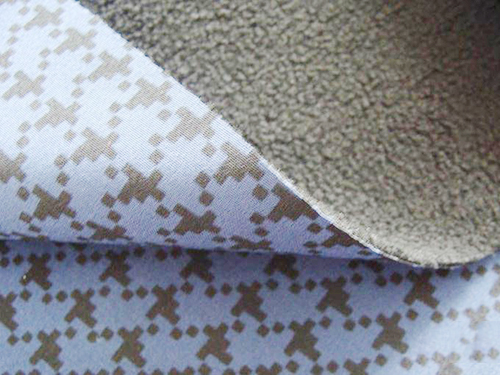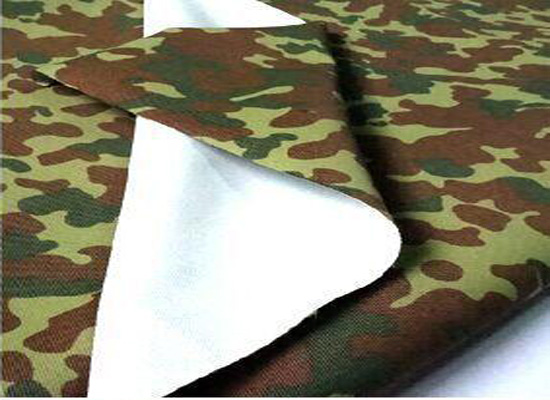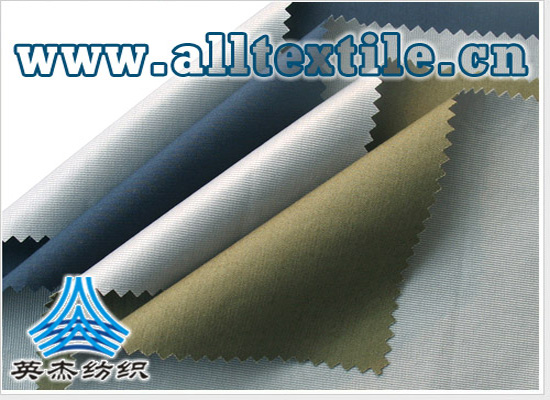Digital printing | Basic principles of inkjet printing
Digital jet printing is a jetting technology for digital images. Digital technology controls whether the nozzle sprays or not, what color ink to spray and its movement in the X and Y directions to ensure the required formation on the surface of the fabric. images and colors.
An important technical indicator of digital printing is resolution (referred to as dpi), which refers to the number of dots per inch. In inkjet printing, different base fabrics have different requirements for resolution.

Generally, when the dpi is 180~360, the image is clear. For very fine images, the dpi can reach 360~720.
After the resolution is improved, the requirements for the injection frequency and orientation accuracy of the nozzle are higher. The digital printing section of Dyers Without Borders also summarized some discussions on digital printing resolution.
The principle of jet printing:
1. Continuous Ink Jet CIJ (continuous Ink Jet)
The principle of continuous jetting is to apply high-frequency oscillating pressure to the printing ink, so that the printing ink is ejected from the nozzle to form a uniform and continuous flow of droplets. There is an electric field at the nozzle that changes synchronously with the pattern photoelectric conversion signal.
The ejected droplets are selectively charged in the charging electric field. When the droplet flow continues to pass through the deflection electric field, the charged droplets are deflected under the action of the electric field, and the uncharged droplets continue to maintain a straight flight state.
Droplets flying in a straight line cannot reach the substrate to be printed and are recovered by the liquid collector. Charged droplets are sprayed onto the substrate to be printed.

2. Drop on Demand DOD (Drop on Demand)
The working principle of the drop-on-demand jet printing system is that when printing is required, the system applies high-frequency mechanical force and electromagnetic thermal shock to the color ink in the nozzle, causing it to form tiny droplets and eject them from the nozzle. The injection is controlled by a computer. to the set pattern.
The most widely used drop-on-demand jet technology is thermal inkjet technology, which relies on thermal pulsation to generate ink droplets. A computer controls a heating resistor wire to a specified temperature, causing the ink to vaporize (mist) and then eject from the nozzle.
Another DOD technology is the piezoelectric ejection system, which is controlled by a computer to impose a potential on the piezoelectric material, causing the piezoelectric material to compress in the direction of the electric field and expand in the vertical direction, thereby ejecting the ink.

Inkjet printing schematic diagram
1—Nozzle 2—Modulator 3—High-pressure deflection plate 4—Inflow storage tank 5—Roller






